All Stories
-
 Archaeology
ArchaeologyGlassmaking may have begun in Egypt, not Mesopotamia
Ancient Mesopotamians lagged behind Egyptians as glassmakers.
By Bruce Bower -
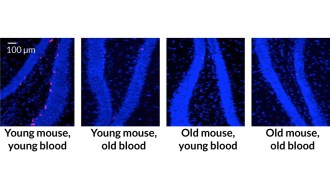 Health & Medicine
Health & MedicineOld blood carries risks for brain
Young blood may not save the brain, by one measure at least.
-
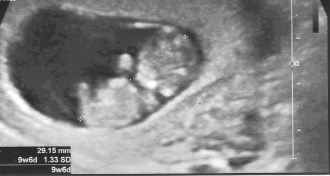 Health & Medicine
Health & MedicineA Pap smear can scoop up fetal cells for genome testing
Pap smear during pregnancy could offer an early way to test for fetal genetic disorders.
By Meghan Rosen -
 Archaeology
ArchaeologyFor some early monks, impaired hearing amplified sounds of silence
Middle-ear ailments probably had little impact on early Christian monks’ lives.
By Bruce Bower -
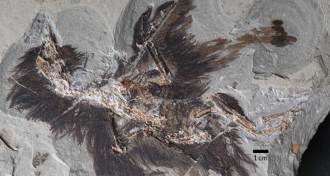 Paleontology
PaleontologyCretaceous bird find holds new color clue
New molecular clues in 130-million-year-old bird fossil could help paleontologists firm up case for ancient color in dinosaurs.
By Meghan Rosen -
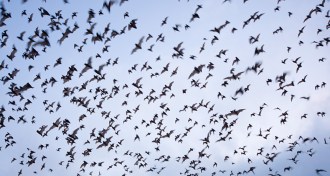 Animals
AnimalsBrazilian free-tailed bats are the fastest fliers
Ultrafast flying by one bat species leaves birds in the dust.
-
 Humans
HumansOldest alphabet identified as Hebrew
Contested study indicates ancient Israelites developed first alphabet from Egyptian hieroglyphics.
By Bruce Bower -
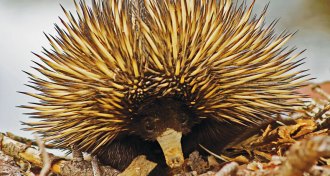 Animals
AnimalsAn echidna’s to-do list: Sleep. Eat. Dig up Australia.
Short-beaked echidna’s to-do list looks good for a continent losing other digging mammals.
By Susan Milius -
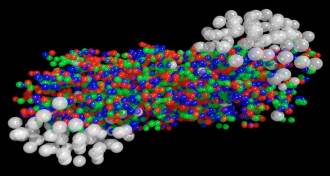 Physics
PhysicsWhirlpools might have stirred up baby universe’s soup
Vortices appear in the quark-gluon plasma produced in heavy-ion collisions.
-
 Plants
PlantsTweaking how plants manage a crisis boosts photosynthesis
Shortening plants’ recovery time after blasts of excessive light can boost crop growth.
By Susan Milius -
 Earth
EarthHow a ring of mountains forms inside a crater
Rocks drilled from the Chicxulub crater linked to the demise of the dinosaurs reveal how mountainous peak rings form within large impact craters.
-
 Astronomy
AstronomyMysterious radio signals pack power and brilliance
The brightest fast radio burst has been detected, while another team reveals a previous burst might have carried gamma rays as well as radio waves across space.